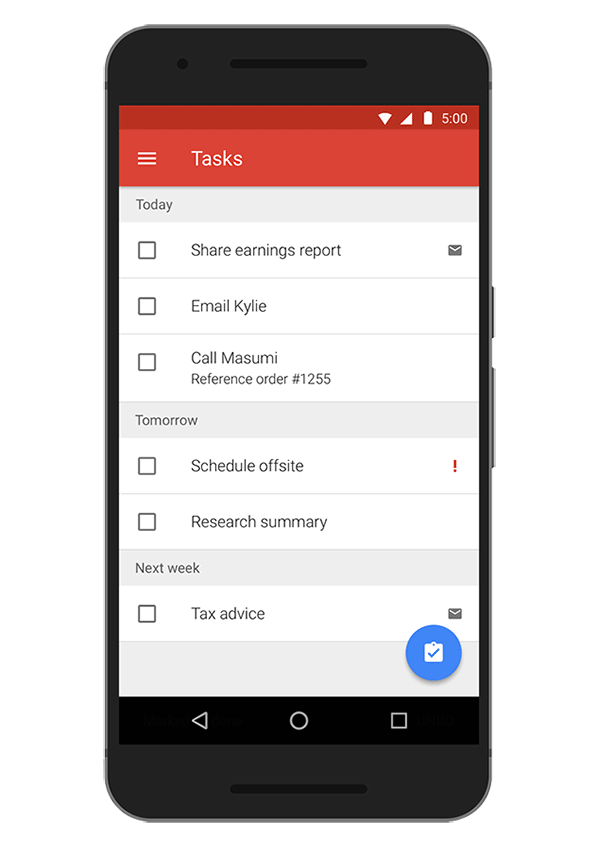Sticky notes are not your friend. Invented by accident by an aerospace engineer in 1968, the original pale yellow cube of slightly sticky paper has been a staple in homes and offices…for far too long.
Jotting down a quick reminder of a to-do, contact info, a note or task was how many folks kept track of what needed to be done. The problem? It went beyond the quick note and became a de facto task management system that littered our desks and framed our monitors.
📬 Join My Newsletter for Simple Solutions
The moment you have more than one sticky note, that solution is no longer serving you
Like most physical pieces of paper, despite their fun variety of colors, it’s easy for them to get lost—literally in the shuffle. Now that thing you had to do by the end of the day is lost and forgotten. The slightly “low tack” sticky back is prone to lose its sticking power and fall behind desks, get mistaken for trash, etc.

The clutter and chaos that using sticky notes for keeping track of your to-dos and projects can add to anxiety, feelings of burnout and overwhelm. When you walk into your office, all you see are the things you haven’t done—that’s not a great way to start each day. It’s also hard to keep track of “who’s on first” when using sticky notes.
Here’s what the research shows: Physical reminders like sticky notes have a 50-70% failure rate due to being lost, covered, or simply ignored through “clutter blindness”—that’s when you stop noticing visual reminders over time. Meanwhile, studies show that visual clutter literally competes with your brain’s attention ability and causes measurable cognitive fatigue.
And finally, they’re wasteful and expensive. The average office worker uses 450-500 sticky notes per year, costing small businesses roughly $50-100 per employee annually—and that’s before you factor in the time spent managing them.
We’ve been using computers to work for 30 years—it’s time to move away from writing down our reminders
Change can be hard, particularly when writing down your reminders is a helpful way to retain information. There’s actual science behind why handwriting feels so satisfying—it activates more brain connectivity than typing, which is why crossing off a task feels so good.
But here’s the trick: you can reframe digital notes. You’re still jotting down your honey-do list, grocery list, reminders, and call-back notes—but now, they won’t get lost in a pile of other papers or stuck to the wrong thing.
📧 Never Miss Another Productivity Tip
And the most gratifying thing? You get to see the item disappear when it’s done—whether you check it off, mark it complete, or cross it out. They all have that satisfying feeling of a task completed. We all need little wins throughout the day.
Your digital transformation starts here
You can go from an office littered with disparate sticky notes to a clean digital list that’s portable and gives you a sense of accomplishment. Digital task lists also help you keep track of what’s done and what’s left to be done, so you can more easily plan your morning, day, week, and month.
You can more easily prioritize, set dates, and add crucial context that doesn’t fit on a 2×2 yellow sticky. Research shows that 87% of professionals consider digital workplace tools extremely important for productivity—and digital systems offer automatic backup, cross-device sync, and instant searchability that physical notes simply can’t match.

The best part? You probably already have everything you need
This change can be hard for some, but it can be done. The best approach is to start small. Here’s your action plan:
Step 1: Look at the sticky notes you have now and take about 15 minutes to digitally jot them down in a task list.
Step 2: It doesn’t have to be anything fancy or require a subscription. Your mobile phone and email come with digital task lists—you can start there.
Step 3: Transfer your notes to a new digital list and add context where needed, add priority, or sort by the order you want to complete them in.
Often, you’ll find your list feels more manageable and less overwhelming when it’s neatly represented as 1s and 0s instead of a mess of colored squares.
Step 4: The next part is my favorite and also can be the hardest…throw the sticky notes away. Maybe even throw them away further than your desk or kitchen so you’re not tempted to “double-check” that you didn’t miss anything. Remember: you were already missing things.
Your digital alternatives (that you already own)
iPhone Users
Apple Reminders comes built-in and is surprisingly powerful. You can create location-based reminders (“remind me about this when I get to the office”), use Siri to add items hands-free, and set recurring tasks with natural language like “remind me to water plants every Sunday.”
Android Users
Google Tasks integrates seamlessly with Gmail and Google Calendar. Turn any email into a task with one click, and your tasks sync across all your devices automatically.
Email Users
Gmail Tasks and Outlook Tasks let you flag emails and turn them into actionable items. Perfect for following up on important emails without leaving them cluttering your inbox.
The Bottom Line
Sticky notes had their time, but that time has passed. They’re no longer the helpful little squares they once were. They become invisible over time and defeat the purpose of reminding you what to do. The limited space also didn’t allow for vital details that would help you decide which task was “on first.”

When you get more comfortable with digital task lists, you might find you want to incorporate them into your calendar—but that’s a topic for another blog post.
📬Want More Ways to Get Unstuck? Subscribe
Ready to make the switch? Start with just one digital task list today. Your future, more organized self will thank you.
Leave a Reply